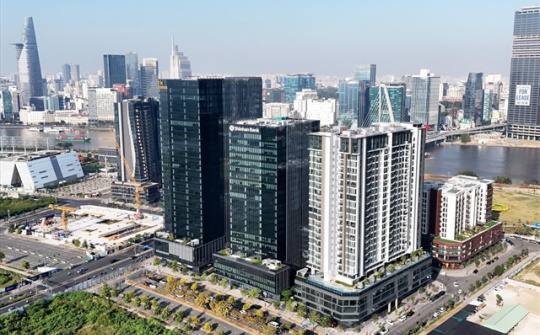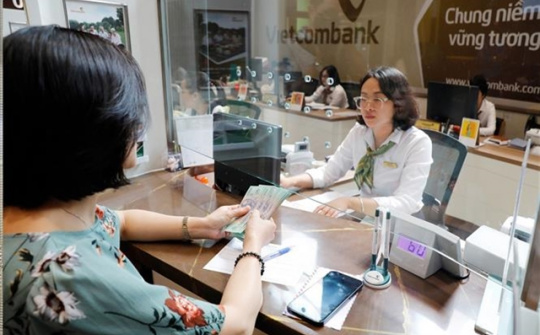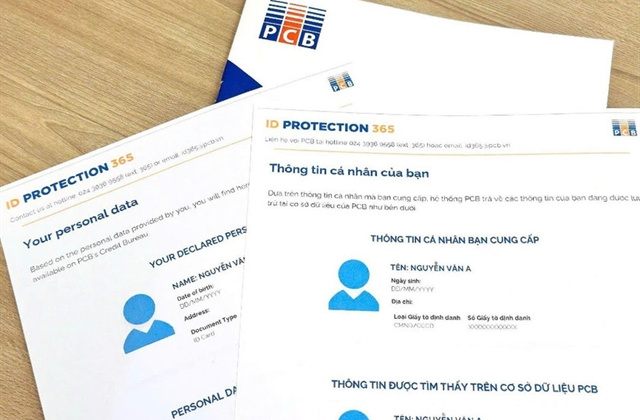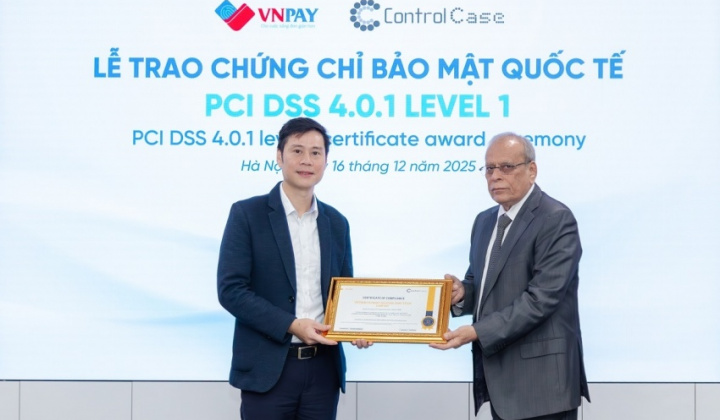According to June reports from Vietnam's four largest state-owned commercial banks, BIDV has the lowest average lending rate at 5.82 per cent per year, with a difference of 3.13 per cent between average lending and deposit rates. After accounting for costs related to capital mobilisation and utilisation, the net interest margin is 1.84 per cent per year.
Vietcombank's average lending rate is 5.9 per cent per year, with a spread of 3.2 per cent between average deposit and lending rates, and a net interest margin of 1.5 per cent per year after deducting related costs.

VietinBank's current average lending rate is 6.1 per cent per year, with an average interest spread of 2.4 per cent per year.
Agribank's average lending rate in June is currently 7.06 per cent per year. However, for short-term loans in certain priority sectors as directed by the government and the State Bank of Vietnam, the rate is only 4 per cent per year. The usual short-term lending rate is 5 per cent per year, medium and long-term loans are 5.5 per cent per year, and credit card loans are 13 per cent per year.
For private banks, lending rates vary significantly. At Techcombank, the average lending rate for corporate clients was 5.92 per cent per year, with a spread of 2.67 per cent between average deposit and lending rates. For individual clients, the average lending rate was 7.03 per cent per year, with a spread of 3.78 per cent.
ACB's average lending rate for loans disbursed was 6.7 per cent per year, with a spread of 3.44 per cent between average deposit and lending rates.
Sacombank's average lending rate for loans disbursed was 7.53 per cent per year, down 0.1 per cent from the previous month, with a spread of 3.43 per cent.
At VIB, the average lending rate for individual clients is 6.81 per cent per year, and 5.8 per cent per year for corporate clients, with a spread of 2.96 per cent between average deposit and lending rates.
Lower lending rates are expected to stimulate borrowing demand from both individuals and businesses. A survey by VnBusiness of financial reports from the first quarter (Q1) of the year shows that banks with strong credit growth also have high outstanding loans in real estate.
For instance, MB's real estate business loans reached $1.886 billion by the end of Q1, up 4.6 per cent, by over $83.33 million from the end of last year. Meanwhile, the bank's total customer loan balance was $25.64 billion, an increase of only 0.7 per cent with over $175 million. Thus, nearly half of MB's credit growth comes from real estate.
VCBS's report forecasts that credit demand starts to accelerate from Q2 as low-interest rates stimulate borrowing and economic recovery. VCBS analysts predict annual credit growth for 2024 will reach 12-13 per cent.
This year's credit growth drivers include active production and export activities, increased public investment disbursements, especially in high-impact key projects such as in infrastructure. Furthermore, a clearer recovery in the real estate market from Q2 is expected to drive credit growth in the real estate, construction, and housing loan segments, contributing to overall credit growth for the year.




















